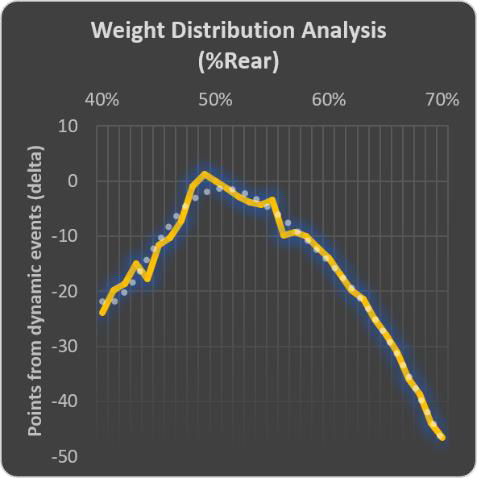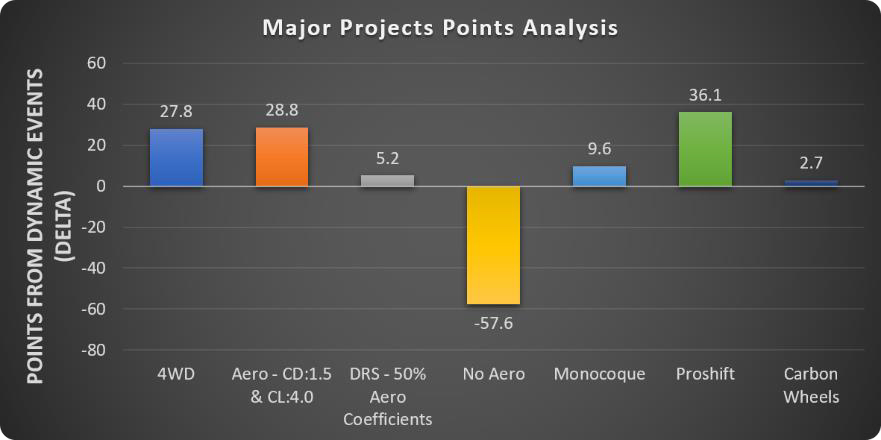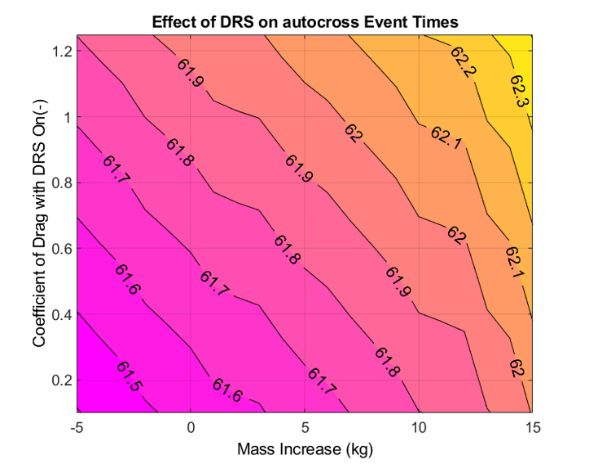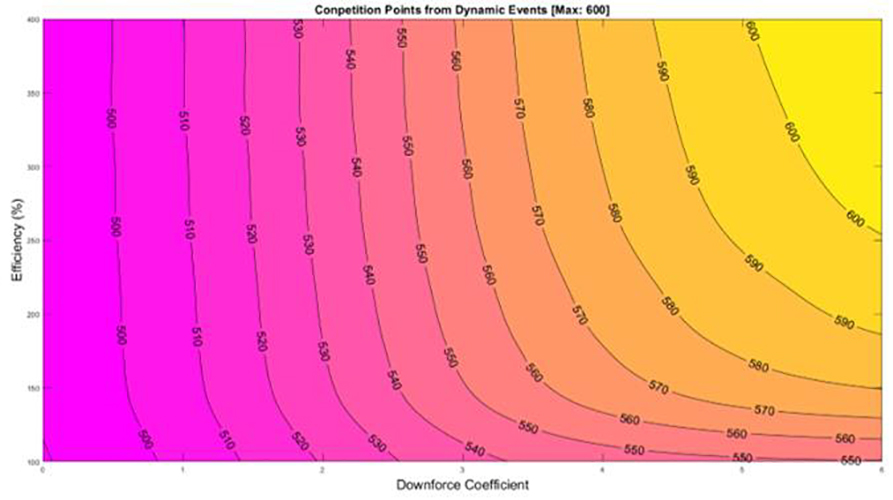Sheffield University engineering student Max Poulter joined Sheffield Formula Racing (SFR) in his first year at university in 2016 as a vehicle dynamics engineer. He became interested in Formula Student having gained an appetite for motorsport engineering through a combination of his father’s passion for fast cars and the F1 in Schools scheme.
While a member of SFR he’s covered many aspects of the car’s development including steering design, acting as costing team leader and more recently in a design managerial role as vehicle dynamics lead for the team’s 2020 car, the SFR11, in charge of steering, brakes, suspension and wheels.
For the 2021 season he has taken a step back to prioritize his work on lap time simulation and ensuring the knowledge he has gained over the past five years can be passed down to the younger team members. He has secured a number of work experience positions during his studies, including with JLR, Aston Martin and Mercedes AMG High Performance Powertrains. When he completes his studies this year, he will assume a role as a mechanical engineer working with the latter on the F1 and FE power unit development.
 Here, Max details the development of a lap time simulation program for SFR.
Here, Max details the development of a lap time simulation program for SFR.
Lap time simulation (LTS) is a vital tool used throughout the automotive and motorsport industry. A number of virtual studies can be conducted that predict a vehicle’s handling and performance characteristics.
LTS needs to perform three main functions:
- Accurately model the dynamic behavior of the vehicle;
- Accurately predict lap times; and
- Produce results rapidly to allow many different vehicle configurations to be examined.
There are many reasons that LTS should be a fully integrated aspect of race car design: including:
- Simulation provides detailed information about the vehicle performance. Much of this information can be difficult to determine from test rigs or track data, for example, tire loads in all six degrees of freedom.
- Simulation improves the fundamental understanding of vehicle behavior and its physical mechanisms. These can then be studied in detail and optimized in the simulation environment, for example, parameter sensitivity study of center of gravity (COG).
- Simulation can identify undesirable design options early in the development process, significantly reducing design iterations and eliminating unnecessary physical testing, for example, concept level design choice of two- vs four-wheel drive.
- Simulation allows the study of interactions between important vehicle parameters or subsystems. This is nearly impossible to do experimentally, such as establishing the best trade-off between downforce vs drag.
- Simulation is very cost effective. Evaluating vehicle components and design changes on a computer is much cheaper and quicker than hardware testing.
SFR has only relatively recently begun exploiting the benefits of LTS as part of the formal design process. Our first purpose-built tool was developed by our 2019 technical director, Matt Brown as part of his MEng final year project. Matt is now working with Williams Formula 1 as a design engineer. He introduced two different programs: a quasi-steady state point mass; and a more sophisticated transient tool based on optimum control theory. Both of these LTS were written in MATLAB and used extensively on the SFR10, 11 and 11B, and will be deployed on future development programs.
For 2021, I have taken over leading LTS and am currently working on a Simulink transient model that will hopefully make the tool more accessible for all team members and allow easier development in future years to come. The program will include a more detailed vehicle model allowing us to analyze a greater number of systems such as the brakes, steering and chassis.

LTS results need to be taken with a pinch of salt. Many studies neglect the presence of a real driver which can lead to excessively quick and misleading lap times. Not least because LTS typically is on the limit of the tires whereas a real driver either under or overestimates the potential grip and has to react constantly; remember tires are very non-linear and influenced by a huge number of parameters in reality.
As Formula Student comprises five dynamic events: skid pad, acceleration, sprint, endurance and efficiency. It is crucial to analyze the vehicle parameter across each event; not just the raw speed in the sprint portion. We study the vehicle across all the events and then convert the lap time into a point-based system, by comparing against competitor times at previous competitions. This gives us a ‘net’ dynamic events score.
We use this method in the early stages of our design to evaluate the best cost vs performance gains so that we can focus our limited team resources. The major projects points analysis plot helped us determine which projects to undergo for SFR11.
One of the key benefits of LTS is being able to analyze coupling of parameters. Two common ones we consider are L/D that our aerodynamic package produces. As the two are closely connected, our engineers must consider that adding downforce does not necessarily mean the car will go quicker. It must be done efficiently! One study that was performed last year added DRS. At first glance this appeared a great performance addition. However, the mass that it added to the vehicle had to be considered.




